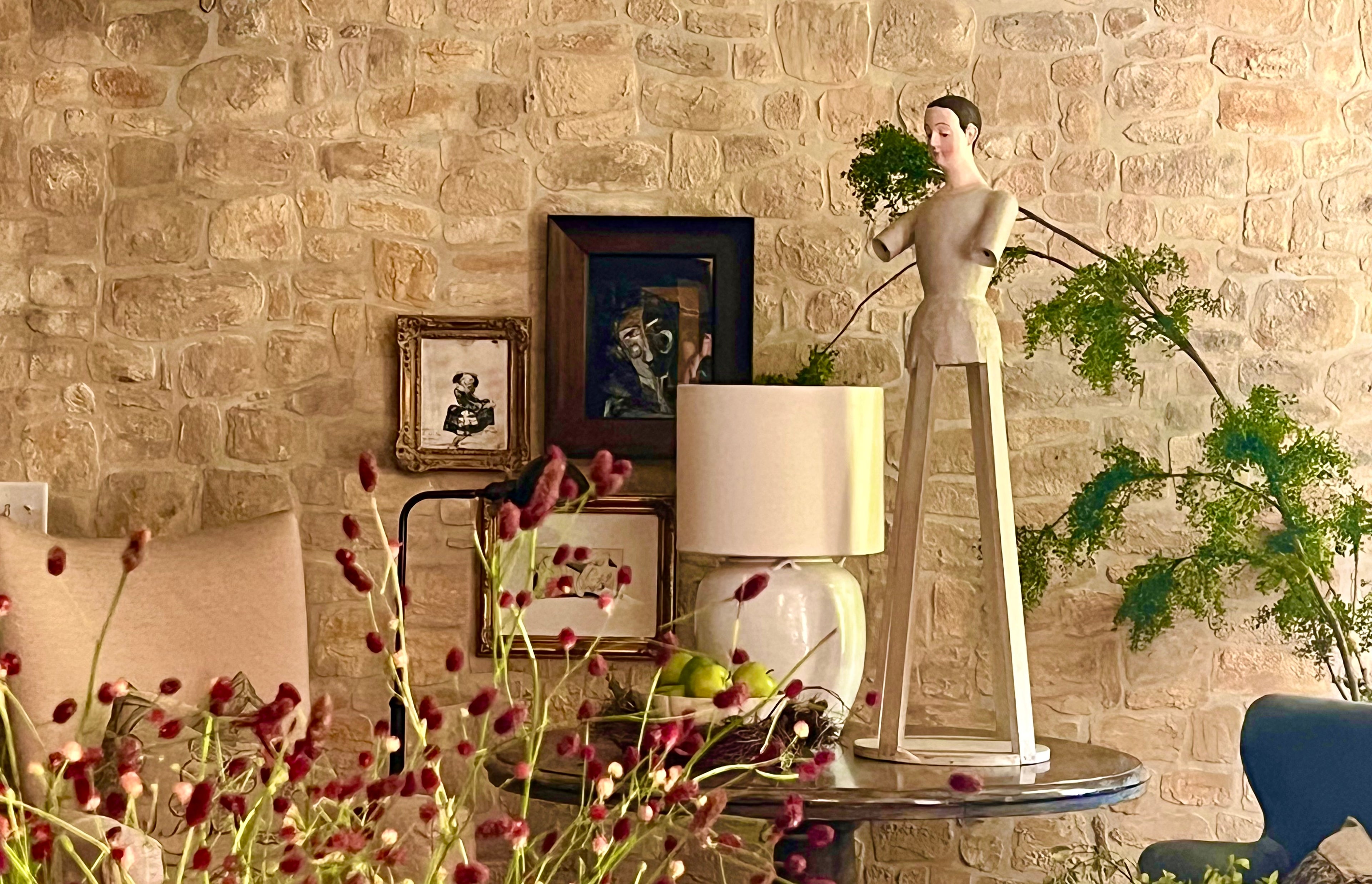Choosing the best paint color for your home exterior!
Share
Tip 1: Get Inspiration

Drive around neighborhoods to get a feel of what you like.
Newer or model homes will offer a sample of the most current trends in your area. Photograph the homes that are most appealing to you. Pinterest is a great place to find and save inspiration ideas.
Tip 2: Color restrictions
If you live in a covenant community, there may be restrictions regarding color options available to you. It is a good idea to review your homeowners association (HOA) covenants before you invest time and money on exterior paint.

Tip 3: Determine if you prefer warm or cool colors.

Colors have temperature. If you like warm colors, you would be attracted to reds, yellows, oranges and green yellows.

Samples of cool colors are lavender, blue, gray and silver.

Neutral colors can have warm or cool undertones.
An undertone is the color underneath the surface of the paint that affects the overall look of the color
Warm neutral colors like whites, tans, browns, grays and blacks have undertones of red, yellows and oranges. That’s why sometimes a “warm white” might appear to the eye as a light (pastel) pink or light (pastel) yellow color, depending on how the light hits them.
Cool Neutrals like whites, grays and blacks can have undertones of blues, green, lavenders and silver.
Bellow are examples of cool and warm neutrals.

If you don’t want undertones in your neutrals; make sure to choose only a true white, true black or true gray (true black and true white mixed together).

Tip 4 : Use your house as a guide for color selection

Build a color pallet around the elements that won’t change over time, such as the roofing materials or exterior brick / stone features.
Do you want a light color, a dark color or something in between?
You can choose the lightest or the darkest color on the brick or roof material. Or you can choose a color in between (medium).
Using three colors is a general rule of thumb in selecting an exterior color scheme, but you could choose more than three.
Tip: Add a third color to the front door

Tip 5: Get Samples

Get sample paint swatches At the paint store and set it against your permanent materials.
Don’t be afraid to select multiple sample swatches.


Tip 6: Choose your color(s)
Using three colors is a general rule of thumb in selecting an exterior color scheme, but you could choose more than three.
Step 7: Paint sample


After choosing your paint colors; paint a sample area on both the North and South side of your house (where light can differ considerably). View your colors at different times of day and night to see how the colors vary as light changes through out the daytime. It is better to invest in several paint color samples than to realize later the house is painted in a color you don’t like!
Before and after pictures of our remodeling project.

The White warm Neutral used before look a peach color the owners of the property disliked.

The rich brown used the house has striking curb appeal.
Note the use of a third color for a dramatic, black front door.
Before it had a warm, neutral color in the body. We changed it to a rich brown to highlight the garage, fireplace, and landscape. Instead of choosing a color for the body of the house and another color for trim we decided to use one color for both to save time in prep work and painting time.
Tip 8: Opting for a unique front door color is perfect for highlighting an architectural feature and drawing attention to your home.
We choose Black for the third color on the front door.
I hope this helps select your exterior paint color with more confidence. Thank you, until next time………..
Rosalia






